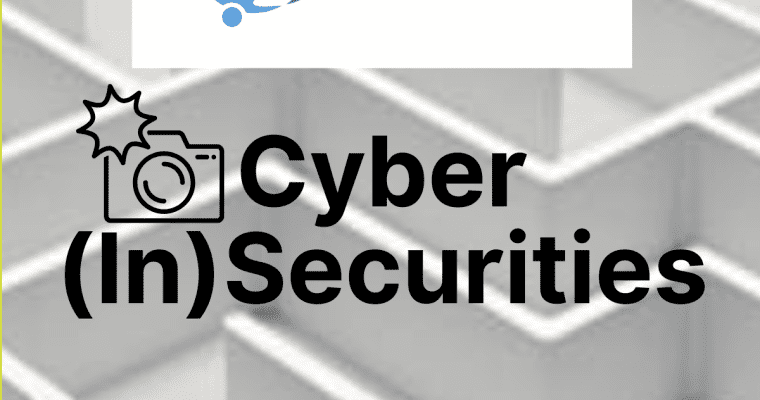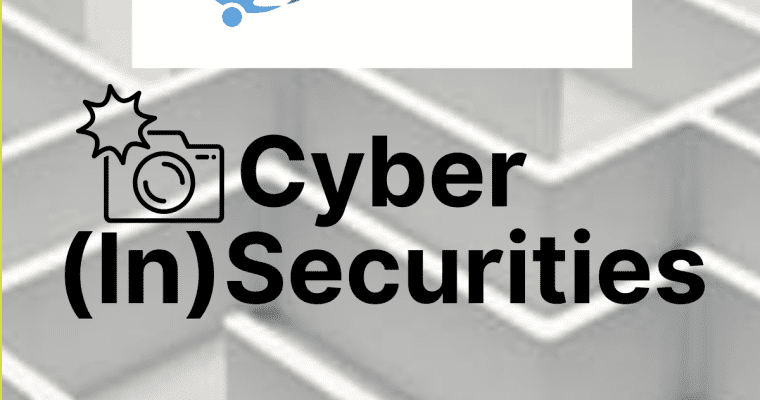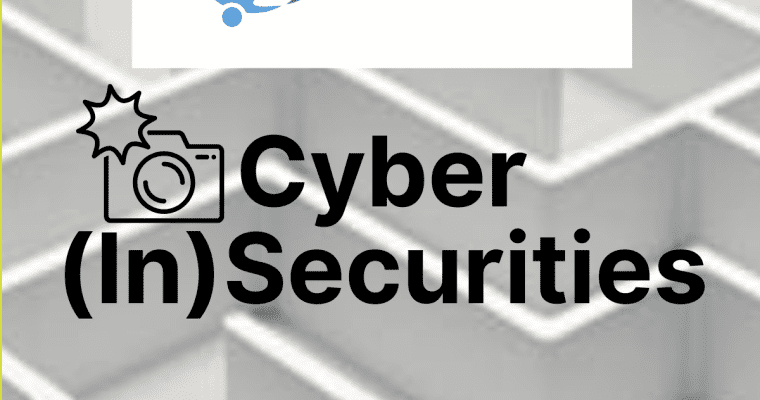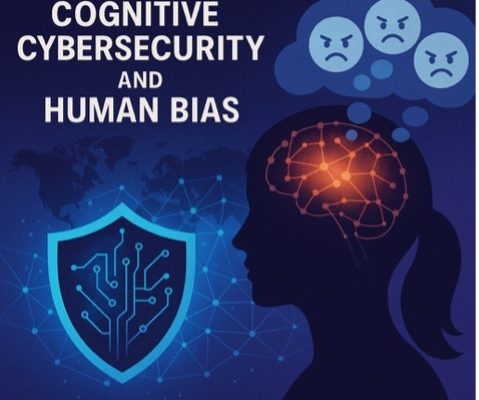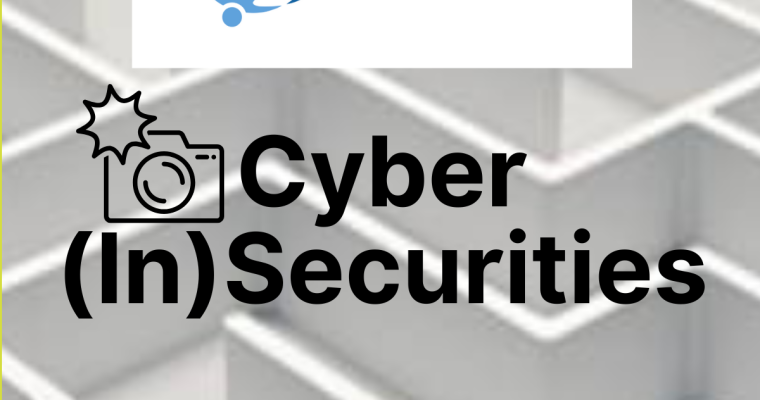Transformation in Technology and Cybersecurity by Sapann Harish Talwar
In today’s increasingly digital and hyperconnected world, transformation in technology and cybersecurity is no longer a choice. It has become a strategic imperative. Organizations across all industries are accelerating efforts to digitize their operations, modernize infrastructure, and adopt emerging technologies such as cloud computing, artificial …
